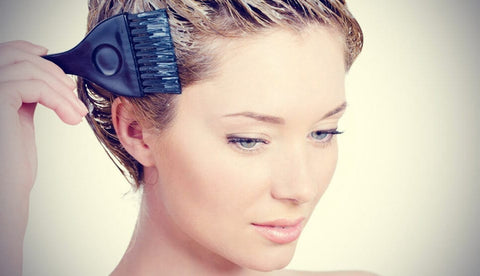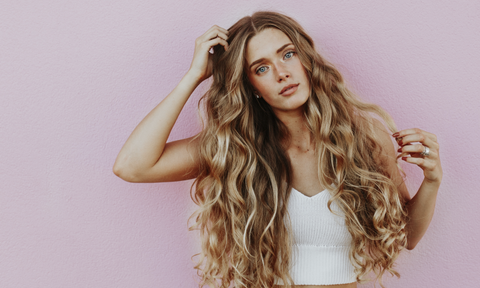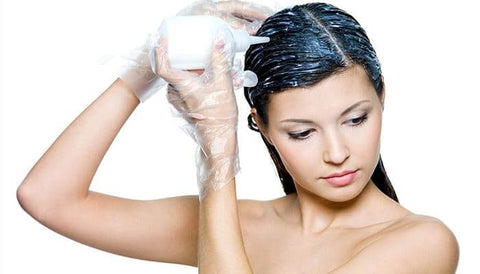Mixing hair colours can be a great way to achieve a unique and personalised look. The process involves taking two hair colours and blending them to create a new refined shade.
The key to successful colour mixing is understanding the underlying colour theory and the properties of the different hair dyes you plan to use to create the perfect hair colour. If you wish to learn more about these colours, then check out our hair colour chart. It will help you understand our hair dye levels and undertones before mixing the dye.
How to choose the hair dyes to mix
When mixing hair colours, it’s important to keep in mind the colour wheel and the relationship between primary, secondary, and tertiary colours. For example, mixing red and yellow will create orange, while mixing blue and yellow will create green. By understanding these basic colour relationships, you can create a wide range of new shades by mixing different colours.
Another important consideration is the undertones of the hair dyes you plan to use. Undertones can either be cool while others may have a more warm undertone. It’s best to mix warm with warm and vice versa for the best results. To get the most out of your colour mixing, it’s essential to experiment with different undertones and see how they interact with each other. However, we recommend if going for a more natural look, that you use cool undertones. If you are going for a more flashy colourful hair colour, then warm colours would be the best choice. We do not recommend mixing two very different colour levels, as this will counteract the colours.
The primary hair colour
Start by selecting the shade that’s going to be the foundation of the hair colour you wish to achieve. The dye chosen must be the colour you want hair to be but would like to build a little more depth in it, to make it more unique or natural.
The secondary hair colour
Once the primary colour has been chosen, consider whether the colour should be made darker, lighter, warmer, or cool. Depending on what you want to achieve, we recommend that you think about whether it should be a more natural look, or if you just want to tone it a bit.
How to mix hair dyes from NATURIGIN
The amount of colour to be used when mixing the colours varies according to the desired colour. NATURIGIN recommends a ratio of 1/2 and 1/2 if you want an evenly distributed colour. 1/4 and 3/4 if you want one of the colours to be more dominant.
When it comes to mixing, it’s important to add the dye to a clean bowl. This will allow you to achieve a consistent and even blend of two or more colours. When applying it to the hair using a brush or the activator bottle from the package. It’s also important to use gloves when working with hair dyes to avoid staining your skin. We at NATURIGIN would like to give you some examples of hair colours you can mix to achieve the perfect blond, red, brown, and black for you.
Mixing hair colours: Blondes
You can easily mix with different shades of blonde to get the perfect fit in the middle. For example: Do not want to go too golden, mix a natural (usually .0) with your gold half/half and you will end somewhere in between.
Likewise, you can also mix your ashy blonde with a less ashy if you do not want too ashy a result.
Mixing brown and red shades
Red and brown go perfectly together, but sometimes you do not want the red to be too wild!
Play around mixing a bit of red into your usual brown to create nice subtle undertones of red and copper in your hair. Once the light hits, those reflections will turn some heads.
Mixing black/dark brown and light blondes
We do not recommend this colour combination at NATURIGIN. The levels of the hair dye are far too different, which will create a messy result as they work against each other. If you wish to soften the colour or add depth, you must use red or brown shades.
Now you know the rules for mixing hair colour
In conclusion, mixing hair colours can be a fun and creative process, but it’s important to have a solid understanding of colour theory and the properties of the dyes you plan to use. Experimentation and practice are key to achieving the perfect blend of shades and the personalised look you desire to create with our colours.





